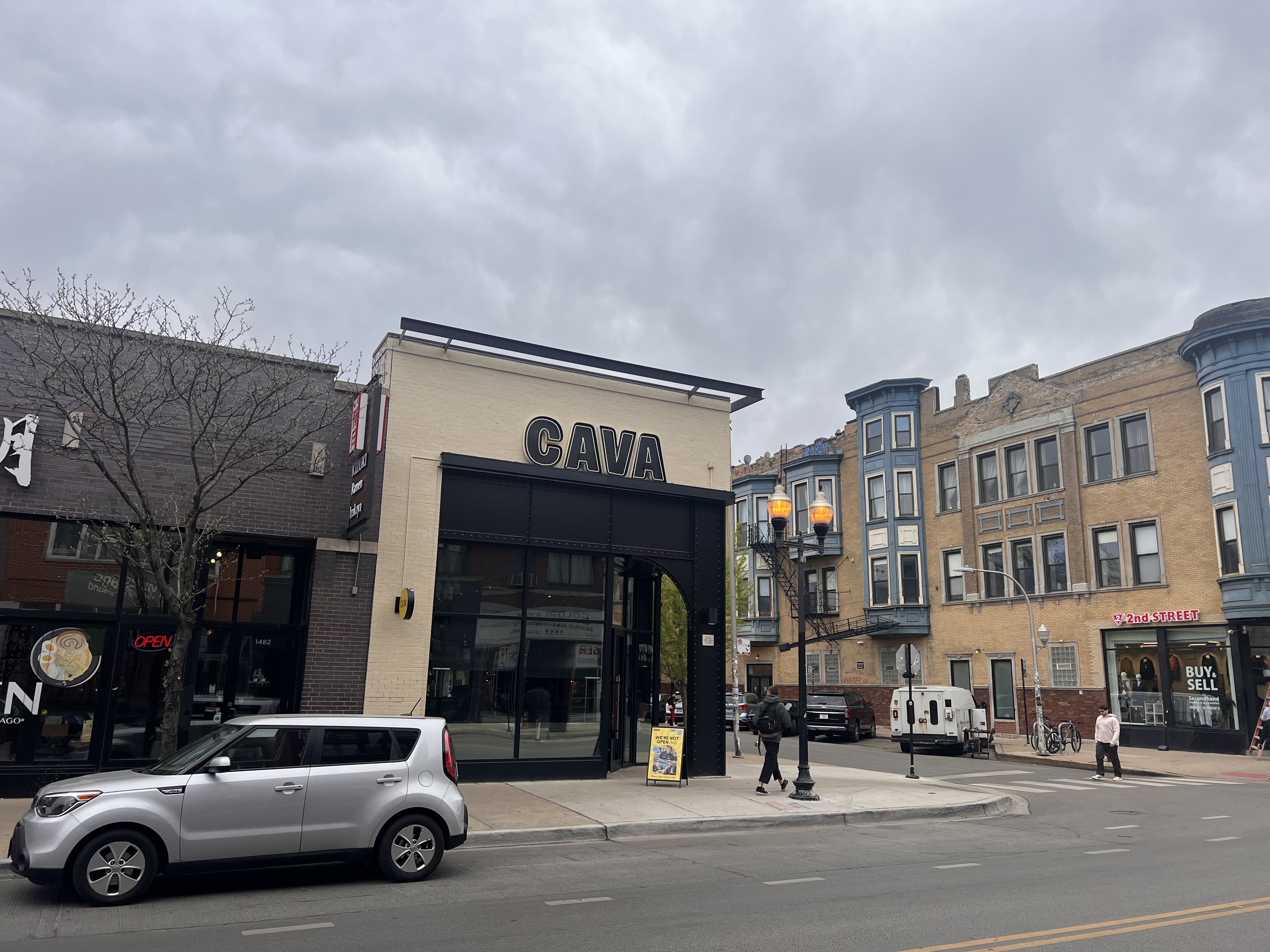The Chicago Transit Authority began making riders board at the rear doors of buses Thursday, among other operational changes in an effort to slow the spread of coronavirus, Mayor Lori Lightfoot announced.
When CTA buses pull up to stops, posted signs will direct customers to the rear doors to board, Lightfoot said in a statement announcing the changes, which her office said are in alignment with guidance from the Centers for Disease Control and Prevention.
Those who need to use the ramp or have the bus kneel to the curb can signal to the driver and will still be able to use the front door, she said.
Riders will need to manually open the rear doors from the outside, the CTA said, as most buses do not have a mechanism for the drivers to open them automatically.
The CTA is moving farecard readers (the tap devices) to the rear doors of buses to allow for payment, officials said. As the system transitions to rear-door boarding, the CTA will not enforce fare payment on buses that do not yet have farecard readers at the rear doors.
"Public transit is an essential service on which Chicagoans depend, including healthcare workers, emergency responders and many others who rely on transit to make ends meet,” CTA President Dorval R. Carter, Jr. said in a statement. “This is one of many measures we have taken to better protect our riders as well as our employees, whose commitment and dedication have helped to keep Chicago moving throughout this crisis.”
Local
The CTA is also introducing "bus crowding management," the mayor's office said, giving drivers the authority to run as "drop-off only" and to bypass certain stops if their bus has more than 15 people on a standard 40-foot bus, or more than 22 people on a 60-foot bus. The agency already uses this practice as a way to avoid both gaps in service and buses bunching up on the same route, Lightfoot's office said, likening it to limiting the number of customers allowed into a grocery store at once.
This effort essentially means buses may run express on parts of their routes, officials said, adding that any stops a bus passes up will be served by the next bus on that route, and buses will continue to make all stops requested by those who would like to get off the bus.
These policies will remain in effect until further notice, Lightfoot said, encouraging those using the CTA for travel other than work to plan essential trips outside the traditional morning and afternoon rush hours, and to allow for extra travel time.
“With these new measures, we’re further ensuring the health and safety of not only our most vulnerable residents but also our CTA employees, who are transporting our police officers, firefighters, paramedics and healthcare workers from the frontlines of this fight to their homes," Lightfoot said.
Lightfoot's office added that the CTA is also continuing to clean all vehicles and train stations daily, and disinfecting often-touched surfaces like seats, handrails and more multiple times a day.



